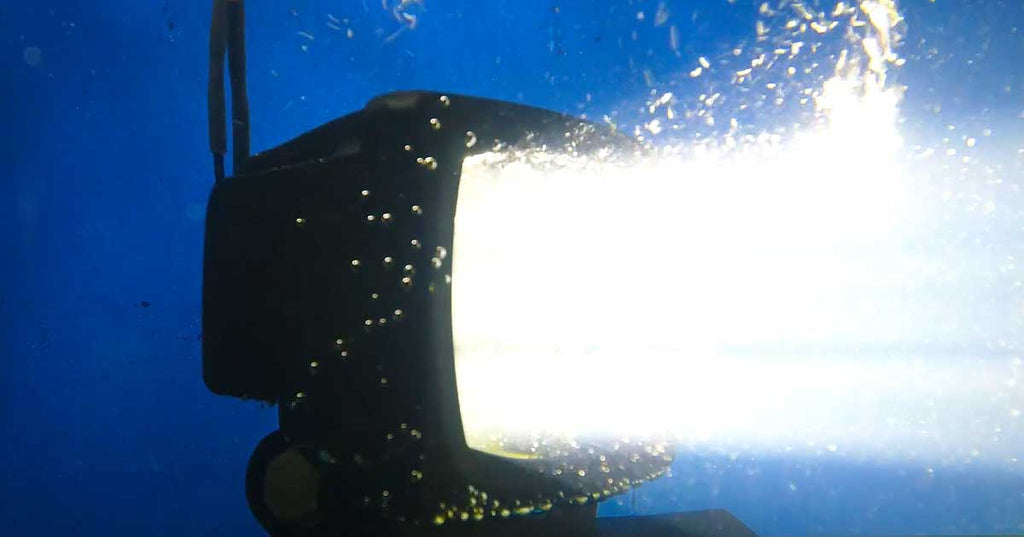
Spare a thought for your driving lights. Mounted on the front of your vehicle, they are exposed to environmental extremes of rain, dust and grit in everyday use, as well as jets of water from the hose or pressure washer every time you wash the car. If you drive off-road, you might add complete submersion to this list, along with higher levels of solid contaminants like sand and dust.
Confronted with these conditions, exacerbated by speed, vibration, and extremes of heat and cold, it’s important to have confidence that your lights can handle anything that life on the road throws at them. As with lighting performance, manufacturers’ marketing claims about the level of protection offered by their products can be confusing. Terms such as ‘water resistant’ and ‘waterproof’ sound similar, but there is a big difference.
Something that is waterproof will prevent water from entering it when submerged for a length of time. Something that is water resistant will prevent water entering it to some degree in some conditions. These conditions can vary widely, so the term by itself is of more value to marketers than consumers trying to evaluate competing products.
To get a true measure of resistance to water and solid contaminants, look for an IP code. The IP (Ingress Protection) rating system is an internationally recognised scale for measuring the level of protection against liquids or solids. The standards are overseen by the International Electrotechnical Commission (IEC), an independent international standards organisation based in Switzerland. IP ratings give consumers a way to evaluate products with confidence.
At Lightforce, we only make claims about our products that have been verified by independent, accredited test facilities. For Ingress Protection, Lightforce Driving Lights are rated by Austest Laboratories, an independent testing organisation accredited by the IEC and the International Organization for Standardization (ISO).
The first number in the IP code refers to the product’s resistance to solids such as dust and sand. Six is the highest rating, which means no harmful solid objects make their way into the unit.
The second number refers to the level of water resistance. The lowest level is zero, which provides no protection. Ratings higher than six are not cumulative – IP69K covers high pressure/high-temperature jets of water, but not prolonged immersion, which is covered by IP68. The ‘K’ designation was developed for vehicles, especially those requiring frequent, intense cleaning.
Our new Lightforce Striker LEDs are rated at both IP68 and IP69K for the ultimate protection against dust, prolonged immersion and high-pressure water jets and high pressure steam, for the ultimate protection.
When you choose driving lights for your car, look beyond the buzzwords. Look for an independently accredited IP code and ensure your lamps meet your needs. See below for a full list of solids resistance and water resistance ratings under the IP system.






























































